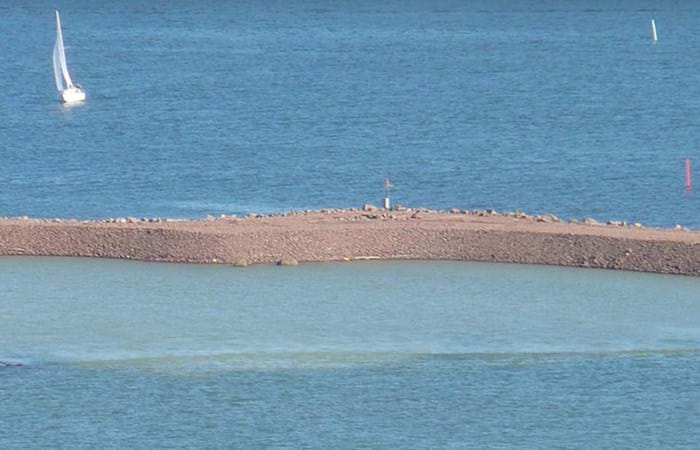Hamina, which is close to the Russian border in south-east Finland, is a home port for the oil industry and a transit harbor for timber, cars and other goods on their way to Russia. To provide access for larger vessels it had to deepen the existing channel by two meters to 12 meters and create a new channel section. Terramare Oy, a subsidiary of Royal Boskalis Westminster, won this assignment in late 2008. The project started in July 2009.
Minimizing the impact of dredging operations on the environment becomes increasingly important. This implies the application of specific equipment and work methods, for example a silt barrier to prevent the dispersion of suspended sediments due to dredging operations. An air bubble screen at the entrance of disposal areas can act as such a barrier, which is generated by pumping air through a perforated hose on the sea- or riverbed. The air bubble systems in Hamina consisted of a perforated hose and an air compressor. A rubber hose was applied as this is flexible and withstands water pressure. The diameter of the perforated air holes was about 2 mm, with a spacing of 33 cm. The air compressor generated sufficient power to deliver the required air flow and to overcome frictional losses and the (hydrostatic) water pressure at the seabed.
